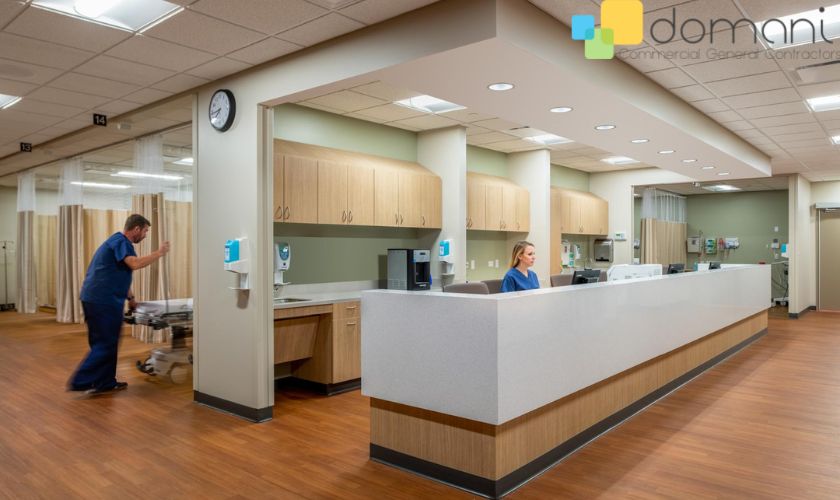
Healthcare Office Design: 4 Things You Should Know To Create An Efficient Space
Healthcare companies have now begun to take care of their patients’ and staff’s comfort. Patients will always choose the place where they feel at ease and can get treated comfortably. Staff prefer offices where they can carry on their work easily without having to travel much within the office.
4 Things You Should Know To Create An Efficient Space For Healthcare Office
The main points to keep in mind while designing a healthcare office are:
1. Considering Space With Comfort
The number of people who come in and out of the facility determines the size of the healthcare office. Some facilities see 100s of patients every day, while some see up to 10. You must consider the facility’s size to ensure that it can accommodate your patients. Higher volumes of patients need larger waiting rooms with more amenities. A waiting room should have comfortable chairs for older and disabled patients. Identifying your office’s spatial requirements is a crucial step in design planning.
2. Convenience & Versatility In Design
Nowadays, healthcare offices are redesigning their facilities to include the comfort of their staff and patients too. An appointment system where the patients start at the reception and end there prevents going back and forth.
Designers create 3D designs to visualize floor planning. This helps them get an idea of the result, and correct the faults.
3. Centralized Workstations
Due to the advancement of technology, private offices are considered unnecessary. Private spaces are often placed away from the treatment area. This creates unnecessary work for staff, as they need to travel to their offices after every appointment.
Centralized workstations are an efficient way to save space and increase efficiency. Healthcare providers can access records without having to leave their work floor. A central station for dental staff houses equipment, supplies, and information they need. The staff never needs to leave the treatment floor.
Finding space for a workstation is easier than you think. An empty or less-used room can then be converted into a workstation. A multi-functional room not only saves space but saves the healthcare staff’s time too.
4. Consider Patient’s Privacy
Privacy is the utmost priority when designing a healthcare space. Modern healthcare facilities are more considerate towards patient privacy compared to older clinics. A treatment room should not be close to the reception or visitor’s room. Rooms with noise-canceling materials are imperative. Materials like vinyl, soundproof ceiling tiles, and glass promote silence in the treatment room.
Designing A Comfortable Healthcare Office
Healthcare offices should be designed with utmost care and thought. The designer should keep in mind the above-mentioned points before finalizing their decision. Doing this will help ensure you get the desired function from the space and that your patients and staff will be delighted and comfortable.

